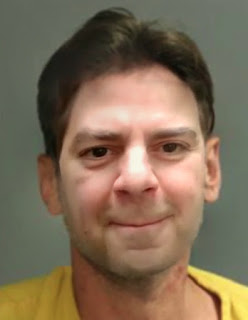Week 6 EOTO- The Threat of Deep Fakes
Week 6 EOTO
The Threat of Deep Fakes
Imagine this. You're scrolling through your Instagram feed before you go to bed. As you like pictures from friends and celebrities, you see a compromising photo of a well known celebrity partaking in a racially insensitive action. You screenshot the photo, go to Twitter, and share it. You wake up the next morning and your tweet has gone viral with millions of shares and comments. The celebrity has lost followers, sponsors have pulled deals, and their agent has dropped them. The celebrity tweets "That is not me." You find out the photo is edited and the celebrities career was ruined over a fake picture. Welcome to the world of deep fakes.
Deep Fakes are defined by the Merriam Webster Dictionary as "a video that has been edited using an algorithm to replace the person in the original video with someone else (especially a public figure) in a way that makes the video look authentic." In a world in which cancel culture, the aspect of society in which people are "cancelled" or their works are boycotted due to a controversial action or comment, runs rampant, deep fakes are very dangerous. With technology improving daily, it has become even easier for individuals to create deep fakes.
For example, with just a few clicks and 5 minutes, Professor Smith has been arrested (see below). The danger of deep fakes largely is due to the ever changing technology used to create them, as well as the lack of ability to detect them. According to a study by Shruti Agarwal and Hany Farid at the University of California, Berkeley, "because AI-synthesized content is a relatively new phenomena, there is a paucity of forensic techniques for specifically detecting deep fakes." In other words, the lack of information surrounding the aforementioned content results in a significant disability in detecting deep fakes. Additionally, the many ways in which deep fakes are created causes an even larger gap. While some people use AI software to create videos, others use online tools to edit pictures.
These two examples merely scratch the surface of what is used and as technology advances, world leaders are the next subjects falling victim to deep fakes. Jordan Peele, a prominent figure in Hollywood, created a deep fake of Former President Obama in 2018 to showcase the dangers of this tool. Overall, deep fakes have the ability to ruin lives. It is vital that computer scientists figure out a tool to detect deep fakes, however with the constant innovations made by these sly individuals, it is unlikely there will ever be an end.


Joe, this is a very good post, but the "deep fake" picture of me is unnerving. After the class is over this afternoon, I would respectfully request that you delete this photo. It's creepy! Thanks!
ReplyDelete